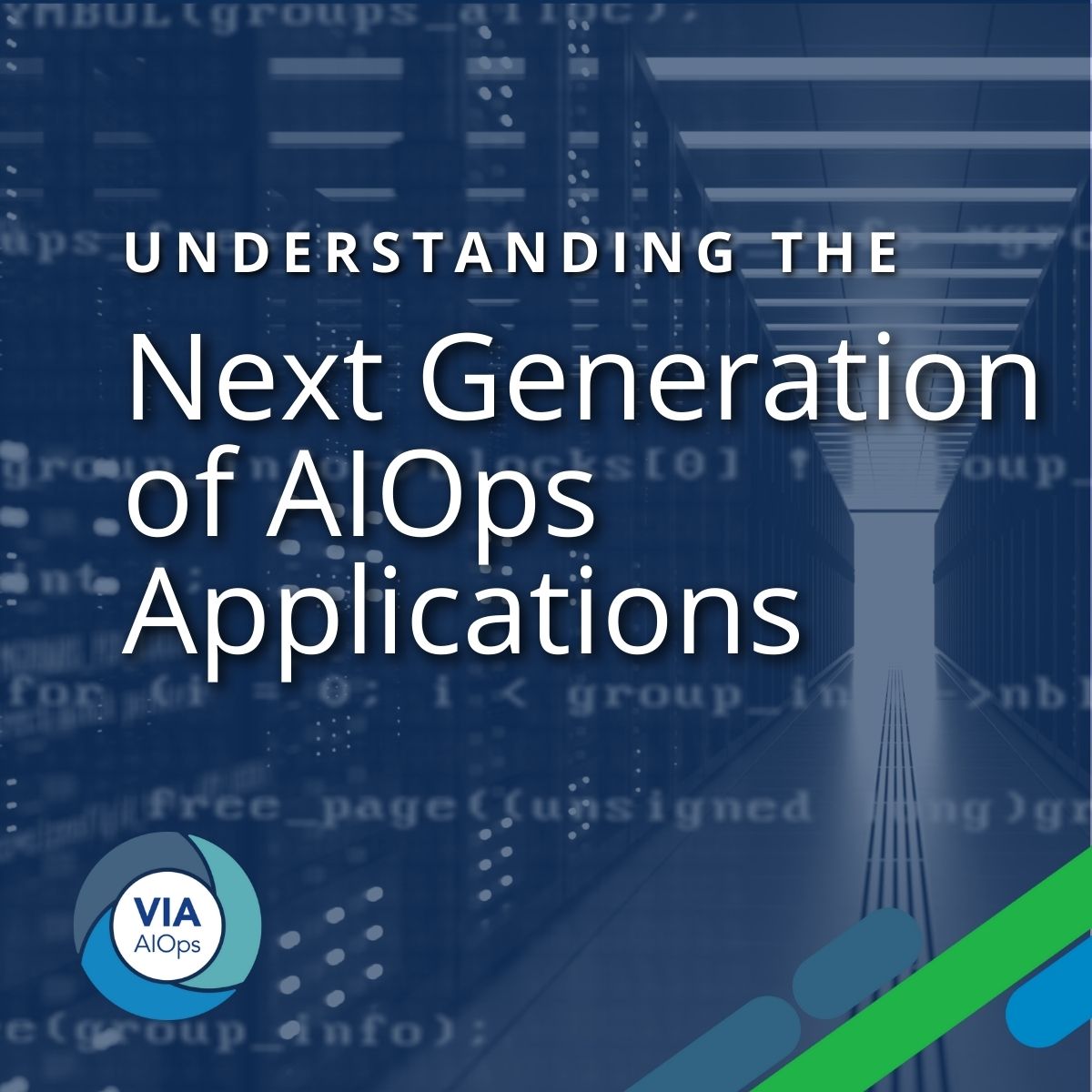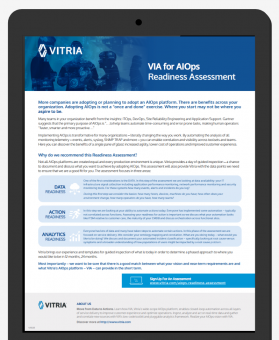Understanding the Next Generation of AIOps Applications

Drivers for AIOps
Operations teams are undergoing a paradigm shift and embracing artificial intelligence, machine learning, and advanced analytics technologies to boost operations efficiency with proactive, personal, and dynamic insight. Gartner has coined the term AIOps (artificial intelligence for IT operations) to capture the spirit of these changes.
Current methodologies, techniques, and best practices are shackled by traditional siloed Operations Support System (OSS) stacks, rigid rule-based systems, and monolithic architectures. AIOps helps to quickly extract actionable insights from the operational data to help automate tasks and processes thathave traditionally required human intervention.
According to Gartner, AIOps is going to drive a major change in operations over the next few years. Both Communications Service Providers (CSPs) and enterprises will substantially benefit from this shift as they undergo digital transformation. The change is manifesting as adoption and integration of different digital technologies to fundamentally change the way services are delivered to end customers. However, it is also posing new challenges for operations teams in terms of scale and pace of change.
Digital transformation encompasses trends that stakeholders need to understand in order to effectively embrace digitization as part of service delivery.
Increasing infrastructure complexity and scale
Digitization demands that service delivery infrastructure be scalable and extensible to support growing numbers of applications, services, and subscribers. Such infrastructure would leverage multiple technology layers such as IP, Multiprotocol Label Switching (MPLS), and optical, and would connect multiple domains such as RF, backhaul, access, and core. In addition, a proliferation of diverse use cases is demanding different architectural requirements. For example, Internet of Things (IoT), autonomous vehicles, and edge analytics demand a combination of cloud and edge computing.
Managing such mass-scale infrastructure can be complex. From an operational perspective, the systems need to effectively deal with technology layers, domains, a large number andvariety of devices, data volumes, and disparate data formats while delivering a simplified experience to improve operational efficiency. Virtualization adds complexity by decoupling the software from the underlying hardware and dynamic workload-based scaling. Microservices add additional complexity by decomposing applications into discrete services.
Dynamic infrastructure and software-defined networking
According to the Open Networking Foundation (ONF), Software-Defined Networking (SDN) is a new approach to networking in which network control is decoupled from the data forwarding function and is directly programmable. The net result is an extremely dynamic, manageable, cost-effective, and adaptable architecture that gives administrators unprecedented programmability, automation, and control. Implementing SDN as an open standard enables rapid service development and deployment, reduced operational costs, and flexibility for network administrators to integrate best-in-class technology.
The rise of data-and context-driven decision making
Traditional management systems can easily be overloaded with operational data, impeding operator productivity. What is required are dynamic insights, such as detection of anomalous behaviors or identification of causal patterns. Further, such insights need to be translated to precise actions that can be automated within a relevant context to improve service quality and ultimately the end-user experience.
AIOps as a critical business enabler
Customer experience and delivery of committed service levels is paramount. As part of digitization, services are increasingly offered as Software as a Service (SaaS) or Platform as a Service (PaaS) and are associated with stringent Service-Level Agreements (SLAs) around service availability. Service disruption or degradation can have a significant impact in terms of revenue or customer churn. The success of operations will be measured not just in terms of its effectiveness in managing the complex infrastructure, but, more importantly, in how quickly and proactively it can respond to service issues.
Such transitions pose significant challenges for the current BSS/OSS system. In the next section, we will discuss what is needed to effectively embrace the digital transformation.
The Cisco and Vitria SolutionsPlus Advantage
As the operational focus expands beyond infrastructure to services spanning multilayer, multivendor, and multidomain environments, the benefits of tying service context to statistical results to improve AIOps accuracy become more evident, as highlighted in this white paper. In this context, Vitria VIA AIOps for Cisco®Network Automation offers comprehensive capabilities to address such operational challenges and delivers substantial improvement in operational efficiency. As an approved Cisco DevNet SolutionsPlusoffer, service providersworldwide are able to approach Cisco and approved Cisco partners to purchase Vitria VIA AIOps as a validated solution and addition to Cisco Crosswork™. It can be deployed in conjunction with Cisco Network Services Orchestrator (NSO), which helps to enrich AIOps by implementing a service-centric approach to AIOps.
Click here to learn more about the solution.




0 Comments